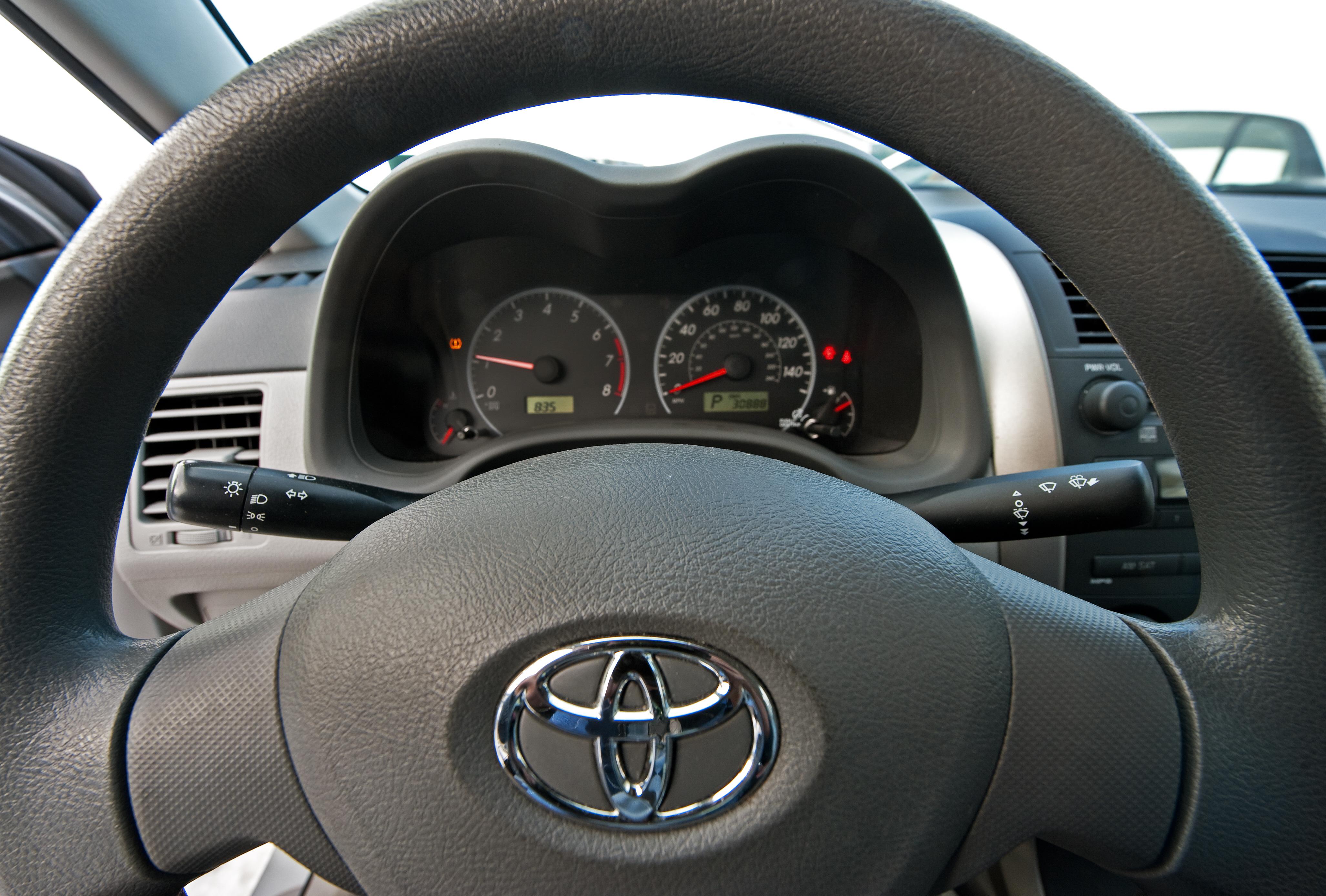As I mentioned on Wednesday, new data from the Census Bureau indicates that inflation-adjusted median household income was slightly higher in 1989 than in 2012. As I also mentioned, I don’t think that finding passes a sanity check of trying to think about real living standards—how much stuff people have and how many services they buy.
For another look at this question, I thought it might be useful to look at the Bureau of Labor Statistics’ Consumer Expenditure Survey. They don’t give a median household income. But they do divide the population up into quintiles. They say that households in the third quintile—the middle one—earned $23,856 before taxes back in 1989. In 2012 dollars that comes out to $44,171 which is below the $47,265 earned by the average middle quintile family today. After taxes you see a larger increase, from $41,166 in 1989 up to $46,777 in 2012.
Am I going to promise you the BLS has this right and the Census Bureau has it wrong? No. The mean income of the middle quintile isn’t exactly the same thing as the median income, and the Census “household” concept and the BLS “consumer unit” concept are slightly different. Just take this as a reminder that government statistical collection is a complicated bureaucratic procedure, and that inflation index construction is another complicated bureaucratic procedure.
But I would say that the Consumer Expenditure Survey’s conclusion that despite the recession and the generally weak aughts labor market, household after-tax income is up about 11 percent jibes much more closely with what we think we know about the typical person’s material living standards. Despite rising health care and education prices, we don’t have fewer people going to college or seeing the doctor and we do have bigger houses, more and better cars, better food, and much better gadgets and entertainment.
